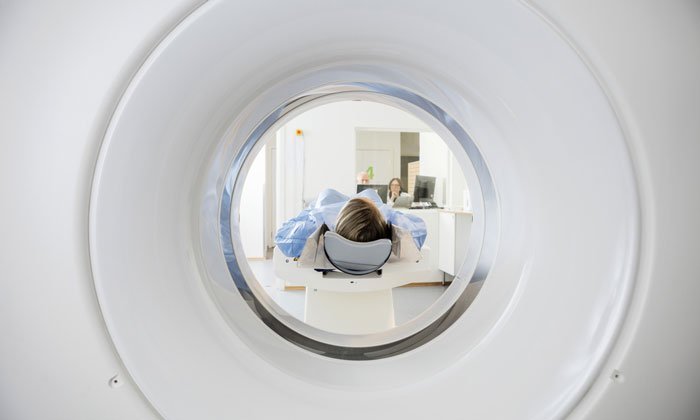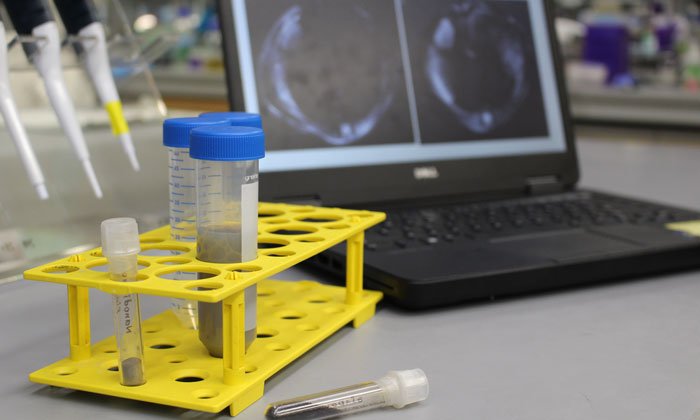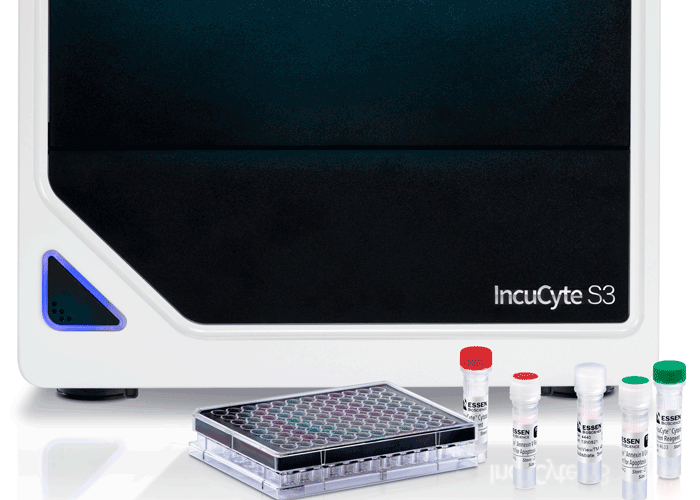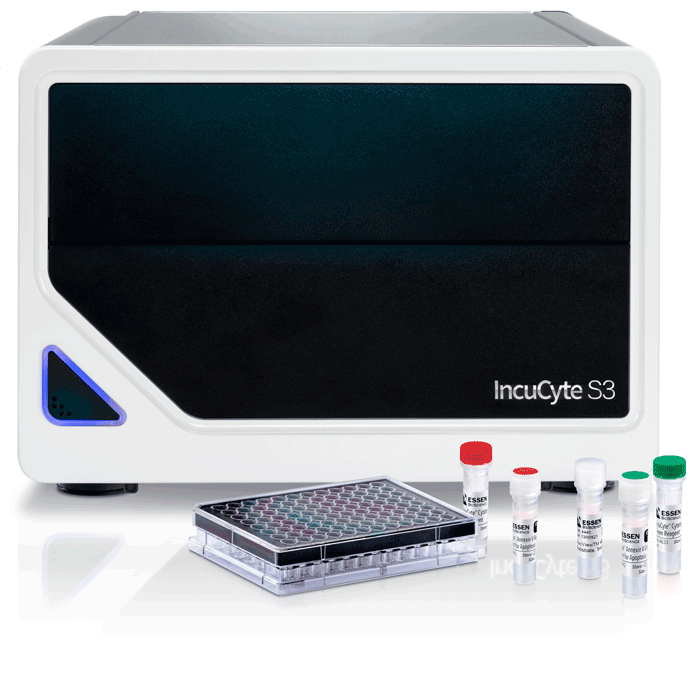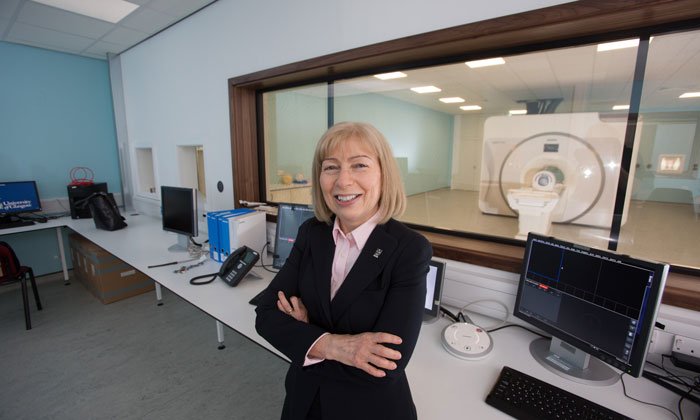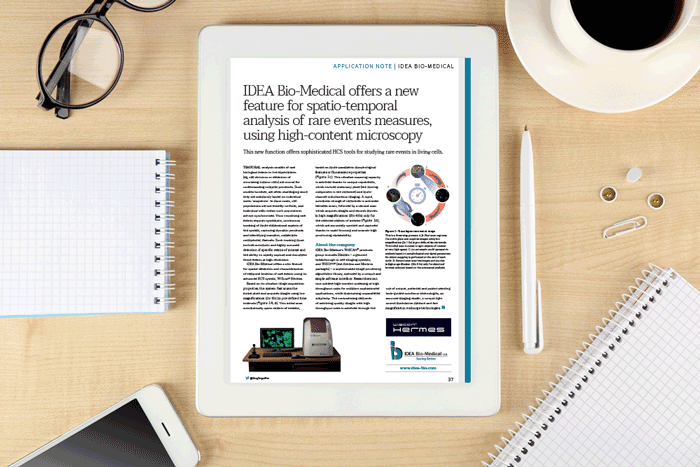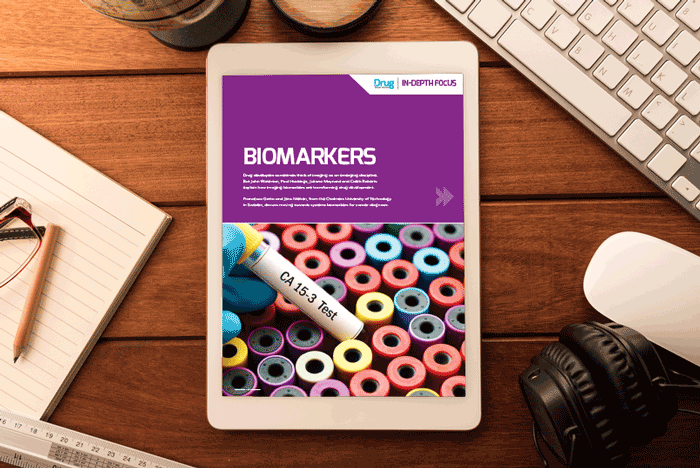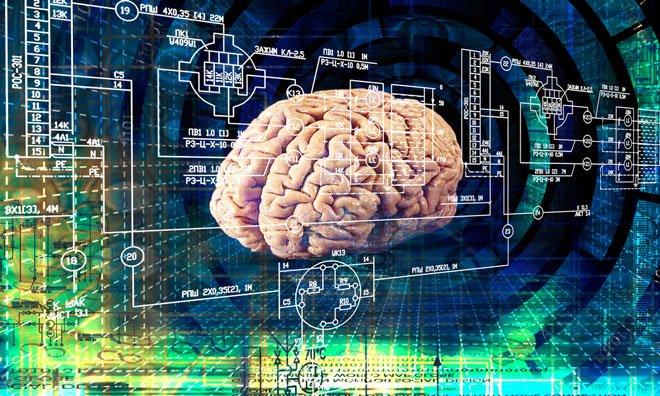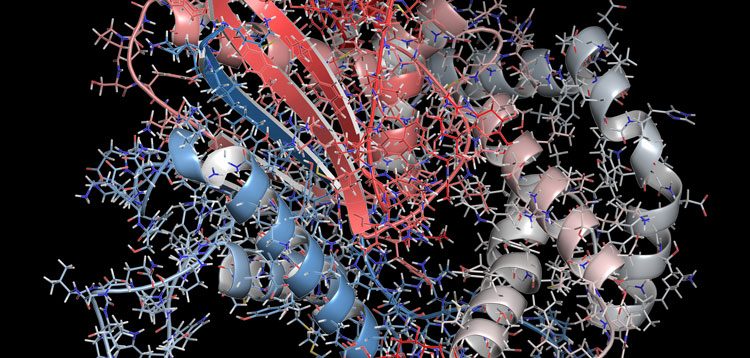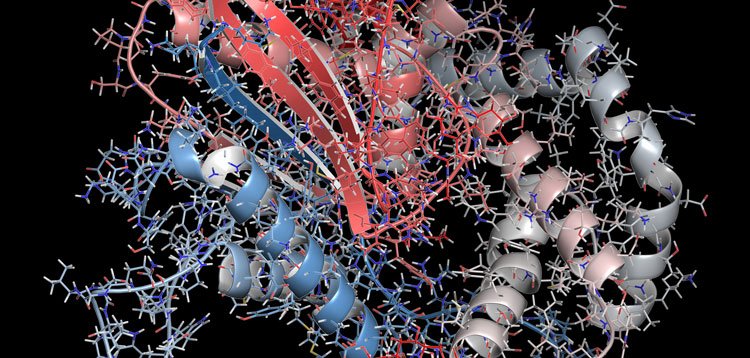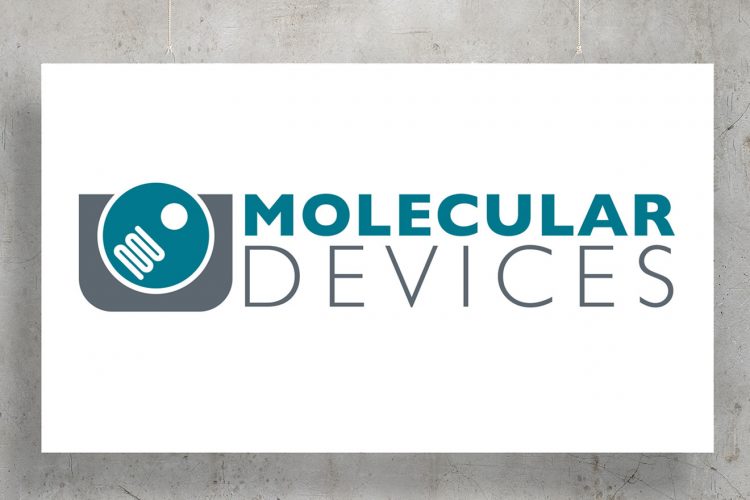List view / Grid view
Imaging
Researchers create a roadmap of bipolar disorder and how it affects the brain
Global study reveals thinning of gray matter in brain regions responsible for inhibition and emotion
PET/CT helps predict therapy effectiveness in paediatric brain tumours
Brain cancers are difficult to treat, and it can be hard to predict whether a therapy will be effective. When the patient is a child, it's even more important to predict the potential effectiveness of a drug before beginning treatment.
Scientists develop novel chemical dye to improve liver cancer imaging
Scientists have developed a novel nanodiamond-based contrast agent - a chemical "dye" used to enhance the visibility of internal body structures in magnetic resonance imaging - that improves visualisation of liver cancer tumours...
Creating the ‘google earth’ of tumours
We caught up with Dr Josephine Bunch to find out how NPL are using the Cancer Research Grand Challenge funding & novel imaging techniques to map cancer tumours...
Essen BioScience launches the IncuCyte® S3 live-cell analysis platform
Enables real-time measurements of cell health, proliferation, movement and function while cells remain unperturbed in a physiologically relevant environment...
World-leading imaging centre of excellence opened in Glasgow
The University of Glasgow has officially opened its new £32M Imaging Centre of Excellence (ICE).
Application Note: IDEA Bio-Medical offers a new feature for spatio-temporal analysis of rare events measures, using high-content microscopy
IDEA Bio-Medical offers a new feature for spatial detection and characterisation of temporal kinetics of rare events using its advanced HCS system, WiScan® Hermes...
Application Note: Exploration of microbial communities using the Thermo Scientific Varioskan LUX Multimode Reader and the Invitrogen EVOS FL Cell Imaging System
This application note demonstrates the feasibility of combining the Thermo Scientific™ Varioskan™ LUX multimode reader and Invitrogen™ EVOS™ FL Cell Imaging System for the fluorescence-based quantification and imaging of complex biological systems, without requiring separate assay optimisation...
Biomarkers In-Depth Focus 2017
Drug developers sometimes think of imaging as an emerging discipline. But John Waterton, Paul Hockings, Juliana Maynard and Caleb Roberts explain how imaging biomarkers are transforming drug development. Francesco Gatto and Jens Nielsen, from the Chalmers University of Technology in Sweden, discuss moving towards systems biomarkers for cancer diagnosis...
Brain-machine interfaces: bidirectional communication at last
Since the early seventies, scientists have been developing brain-machine interfaces; the main application being the use of neural prosthesis in paralyzed patients or amputees. A prosthetic limb directly controlled by brain activity can partially recover the lost motor function. This is achieved by decoding neuronal activity recorded with electrodes and…
How imaging biomarkers are transforming drug development
Drug developers sometimes think of imaging as an emerging discipline, full of esoteric technologies of marginal relevance to real-world clinical drug development. In fact, the opposite is true: imaging measurements (imaging biomarkers) are used daily in drug development and in personalised medicine. They assess target engagement and receptor occupancy in…
PathHunter® Protein Translocation Assays
21 December 2016 | By DiscoverX Corporation
The movement of proteins between cellular compartments is essential for their specific biological role and the function of the cell...






